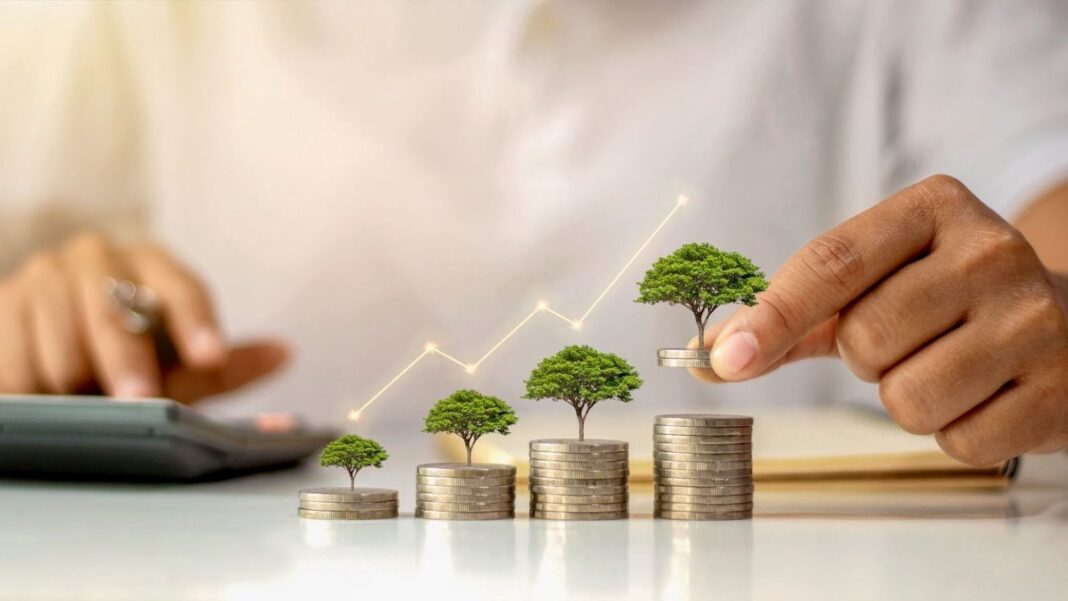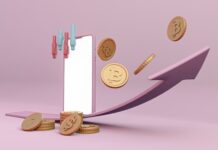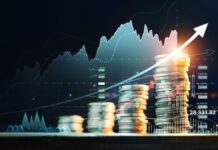Investing in high dividend stocks can feel like navigating a maze; the promise of juicy returns entices many, but lurking within are pitfalls that can trap the unwary. Picture this: a stock boasting an eye-popping yield, hardly giving any thought to what lies beneath the surface.
Before you rush in, it’s crucial to discern which dividends are built on solid foundations and which are merely mirages in the desert of financial rhetoric. This article will guide you through the art of spotting high dividend stocks that not only promise returns but also deliver reliability.
Armed with keen insights and essential strategies, you’ll learn how to filter the gems from the dross, ensuring your investment truly deserves a place in your portfolio. Uncovering the nuances of dividend health, sustainability, and potential for growth is key to making your money work harder for you.
Let’s dive in!
Understanding High Dividend Stocks: The Basics

High dividend stocks, including those with the highest dividend yield stocks, are often seen as a golden ticket for investors seeking both income and potential growth. Essentially, these stocks pay out a portion of a company’s earnings to shareholders, usually in the form of cash dividends, which can provide a steady stream of revenue.
But beware: not all high dividend yields are created equal. Some may signal a flagging company desperately trying to attract investors, while others could indicate a well-established business with robust cash flow.
As you delve into the world of dividends, it\’s essential to analyze the company’s financial health, payout ratio, and industry trends, allowing you to distinguish between those that offer genuine value and those that are merely riding the wave of attractive yields. Engaging with these fundamental concepts not only enhances your investment strategy but also sharpens your ability to identify stocks, including those with the highest dividend yields, that genuinely align with your financial goals.
Assessing Financial Health: Balance Sheets and Income Statements

When evaluating the financial health of a company poised to offer appealing dividends, the balance sheet and income statement become indispensable tools. The balance sheet provides a snapshot of a company’s assets, liabilities, and shareholders equity at a given point in time, revealing how well the business manages its resources and obligations.
A healthy ratio of assets to liabilities can signal stability, while excessive debt may raise red flags. Meanwhile, the income statement tells the story of revenue generation and profitability over a specific period.
Scrutinizing key metrics—such as net income, operating margin, and revenues—offers insights into the company’s operational efficiency and potential for sustaining dividend payouts. Together, these financial statements create a multifaceted portrait of a company’s economic performance, equipping you with the knowledge needed to discern whether a high dividend stock truly merits your investment.
The Role of Market Conditions in Dividend Sustainability

Market conditions wield significant influence over the sustainability of dividends, acting as both a barometer and a catalyst for corporate financial health. In booming economies, companies often flourish, flush with cash that enables them to maintain or even increase dividend payouts.
However, during downturns, the pressure mounts; revenue contracts, expenses are scrutinized, and many firms may be forced to cut dividends to preserve capital. Yet, it’s not just the overarching economic climate that matters; sector-specific trends play a critical role too.
For instance, the stability of utility companies contrasts sharply with the volatility seen in tech stocks, especially in turbulent times. Thus, savvy investors must delve beyond surface-level metrics, examining how well a company can weather economic storms while continuing to reward shareholders.
Understanding these dynamics will help you discern not only the current value of dividends but their longevity—a crucial distinction in identifying truly worthy investments.
Conclusion
In conclusion, spotting a high dividend stock that is genuinely worth your investment requires diligent research and a keen understanding of both the company’s fundamentals and market conditions. While the allure of the highest dividend yield stocks can be tempting, it’s essential to look beyond the percentage and evaluate the sustainability of those dividends through factors such as payout ratios, cash flow consistency, and overall financial health.
By focusing on companies with strong operational performance and a history of reliable dividends, investors can better position themselves to reap the benefits of a steady income stream, all while minimizing risk in their portfolios. Remember, informed decision-making is key to ensuring that your investments work for you, not against you.







